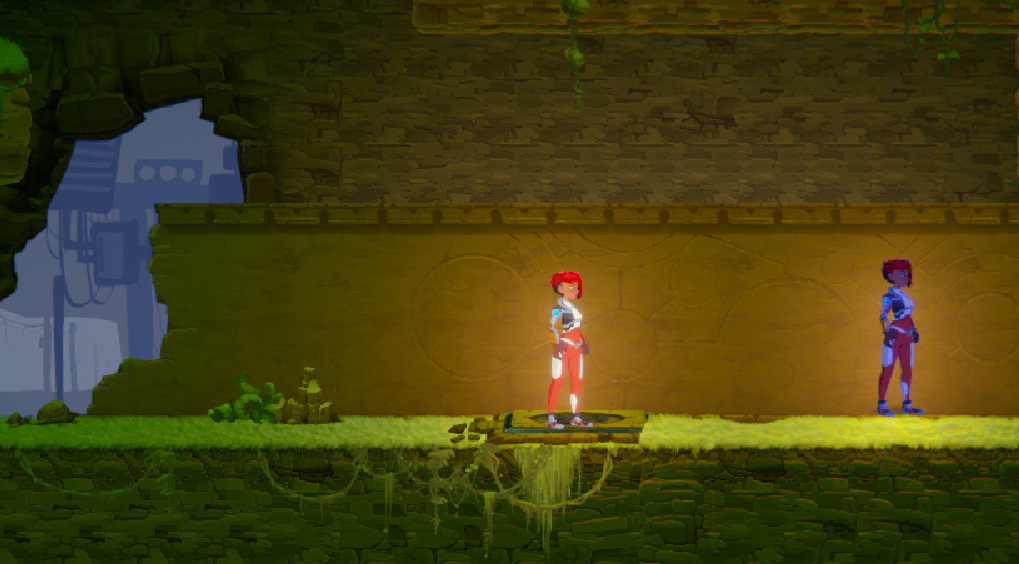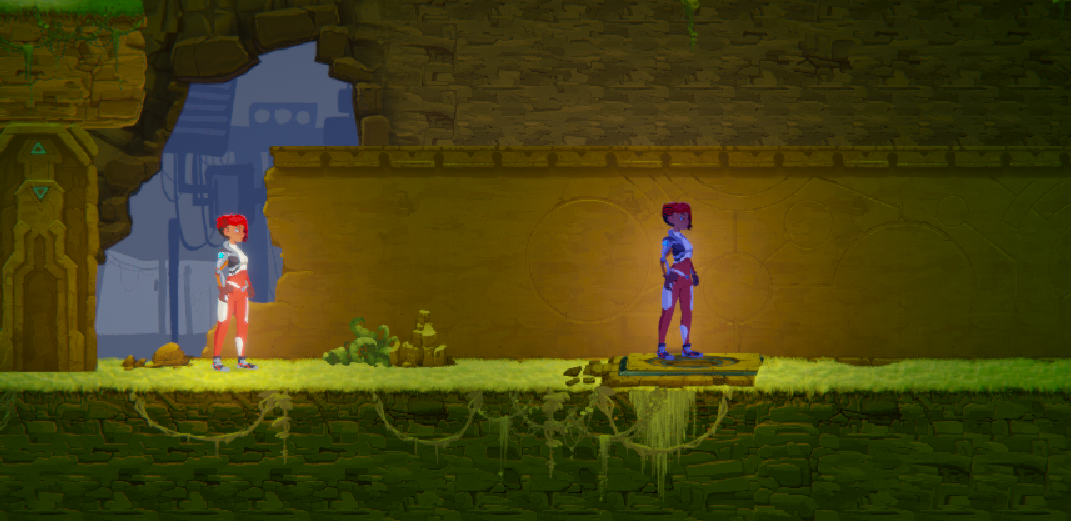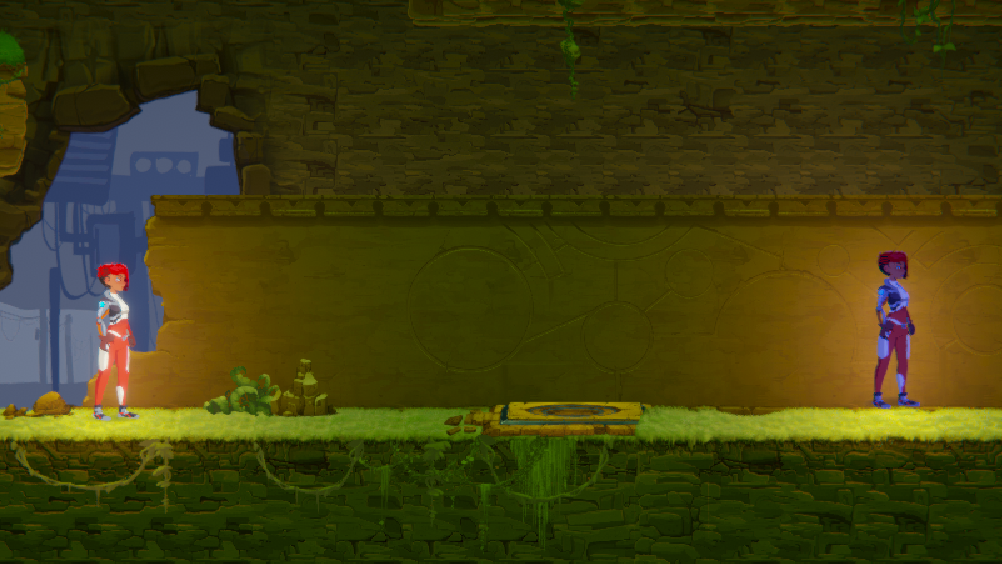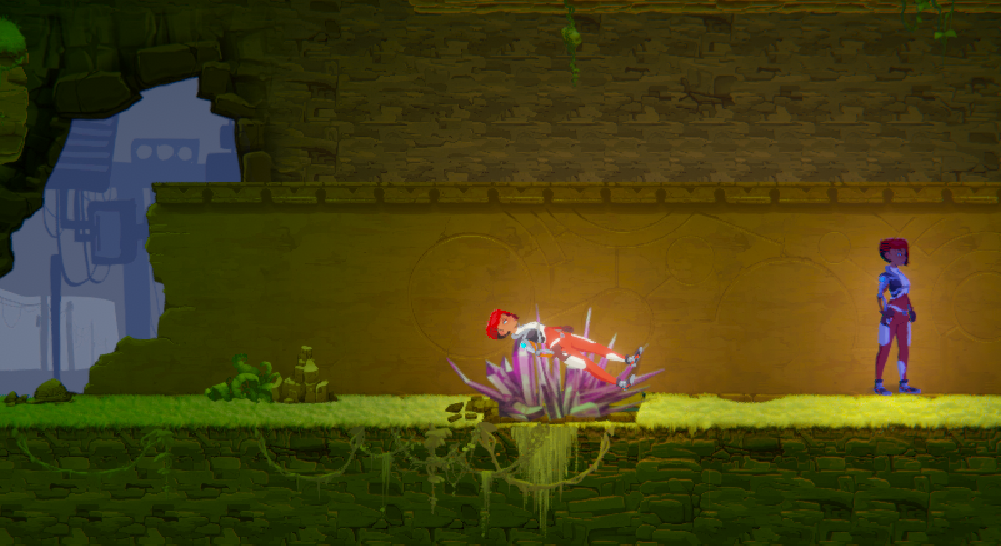The fourth fundamental is behaviors, and it refers strictly to the behaviors of world objects and living things in our environment. Everything that happens inside our game must follow the same logic because, unconsciously, the player is expecting that, and as I mentioned in the previous fundamentals, we do not want to break our players' trust in or expectations of our game.
Not only should we maintain their trust, but we should also maintain environmental coherence, in which the player can move without being interrupted because something was off. This will cause a deeper relationship between the game and the user, which leads to a great experience.
Imagine we are back in the Bolivian cave and one trap makes the entire room flood; it would be more immersive to see how some objects are affected by the water, by getting wet and finally floating around. Anything that gives the impression that what is happening in the environment is consistent should be considered as a way to move forward.
Let's go back to the announcement example, for which we also have the following screenshot for reference. If the NPC walks over the trap and it isn't activated, then as a player, I will assume that if I walk over the same trap it won't be activated. So, if we don't follow this consistency and decide to activate the trap, the player will consider this to be unfair and will become frustrated, and of course we are trying to avoid this:
The NPC walks over the trap. If the rules apply to the entire world equally, the trap should be activated for both characters, or neither character, regardless of which one is the player and which one is the NPC/enemy:
The NPC/enemy steps on the trap and nothing is activated, so the player continues, with the player having in mind that perhaps the trap is stuck and cannot be activated. They trust us to be fair:

So, following that logic, the player decides to walk over the trap. Once the decision is taken, the player hears a sound, the trap goes off, and finally we see the spikes:
The trap is activated, the player character is dead, and now the player is mad at us.









